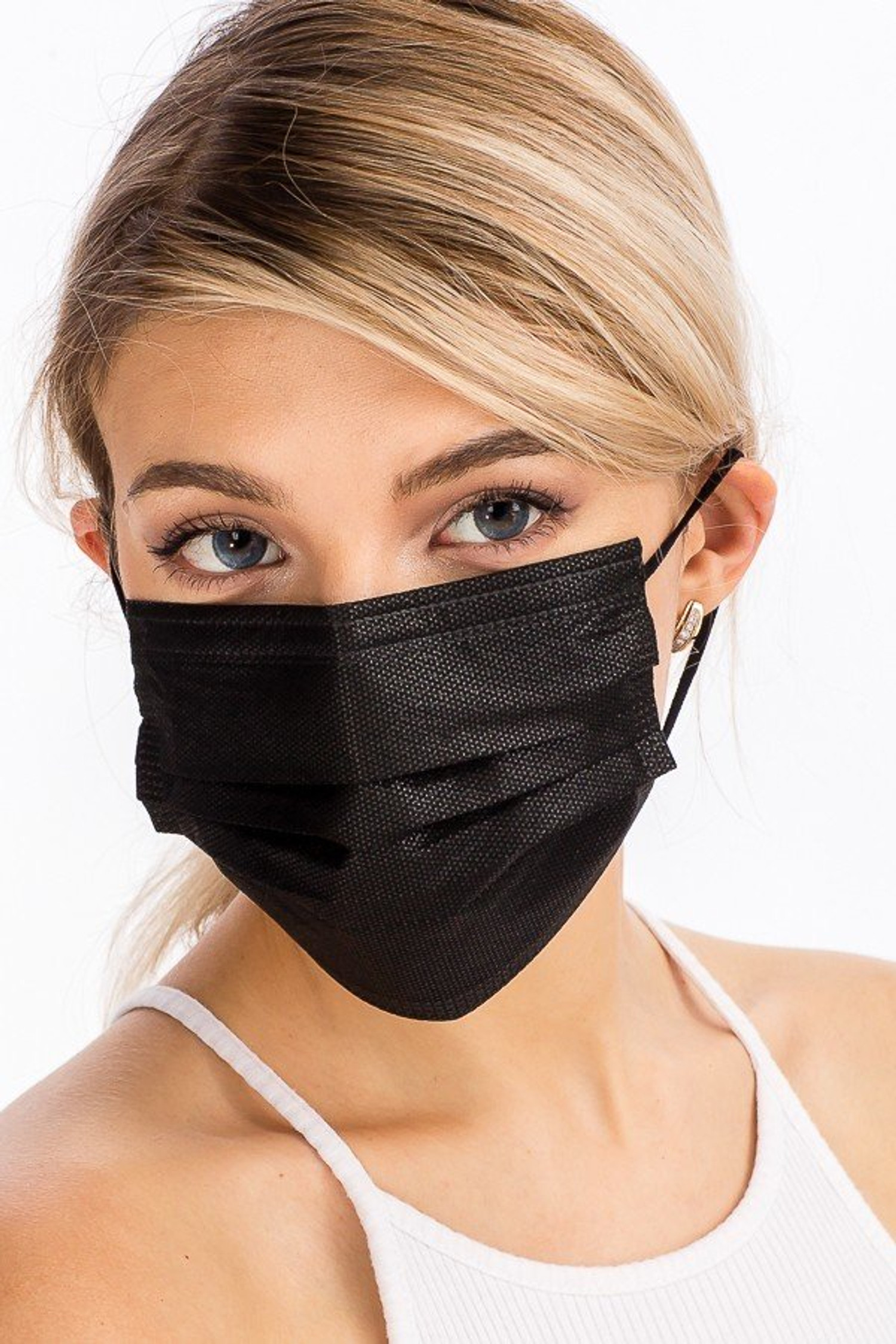


union This is the default set operator and is depicted by the In the following examples we will use a mask that combines a gradient followed by a path, to demonstrate the effect of each set operator when applied to the path shape.Īs a convention we say that a pixel is “selected” in a mask or shape if it has an opacity greater than zero. Set operators are used to define how grouped shapes are combined.

You can also create your own groups using existing shapes by selecting the shapes you wish to group, right-clicking them and choosing “group the forms”. move up/down Move the shape up or down the list. mode Choose how this shape will interact with the preceding mask by selecting one of the four set operators defined below. use inverted shape Invert the polarity of the selected shape. Right-click on any of the constituent shapes to control how that shape contributes to the overall group mask: remove from group Remove the shape from the current mask. Right-click on the group name to display a menu with options to add new or existing shapes to the group, or to clean up unused shapes.

Similarly if you choose to show a mask from within a processing module, the corresponding group will be expanded within the mask manager. The corresponding shapes will be shown on the center image. Because order is important it is also possible to move shapes up and down the list.Ĭlick on the name of a group in the mask manager to expand that group, showing a list of its constituent shapes. Each shape adjusts the existing mask using one of four logical set operators (see below). Masks are constructed by adding a group of shapes to the image in the order that they are listed (from top to bottom). This can cause XMP tag creation to fail during export. Beware that if the list of shapes is very long the space required to store those shapes might exceed the size limit of certain file formats. If you choose to include develop history when exporting an image, all defined shapes will be exported with the image. Note: darktable retains all shapes that have ever been defined for the current image unless you explicitly remove them. Right-click on a shape name to show a menu containing options to remove the current shape or to remove all shapes not currently in use. Similarly if you select a shape on-screen from within the mask controls of a processing module, that shape will be selected in the mask manager. This is especially useful where there are many overlapping shapes within a mask, making it difficult to select the right one with the mouse. It is a good habit to give shapes and groups meaningful names, especially if you intend to reuse the same selection in different masks.Ĭlick on a shape name to show the selected shape on the image canvas with all of its controls, allowing you to edit the properties of just that shape. You can rename a shape by double-clicking on its current name. 🔗shapesīy default each shape receives an automatically generated name, consisting of the shape type (“brush”, “circle”, “ellipse”, “path”, “gradient”) and an automatically-incremented integer. If a shape is in use by any masks this is indicated by a symbol to the right of the shape name. The list of mask groups is followed by a list of all individual shapes that have been generated in the context of the current image. Groups of shapes forming a mask are displayed with a headline in the form “grp ” indicating the module in which they are used, with the component shapes listed below. The panel below these buttons displays a list of all masks and individual shapes defined for the current image. These are the same as in the drawn mask interface of in processing modules. The top line of the mask manager panel contains buttons that can be used to create new shapes. You can add shapes to and remove shapes from a mask, group shapes together, and combine them using set operators. This module can be used to create, rename, edit and delete shapes. Manage all masks and shapes for the current image.


 0 kommentar(er)
0 kommentar(er)
